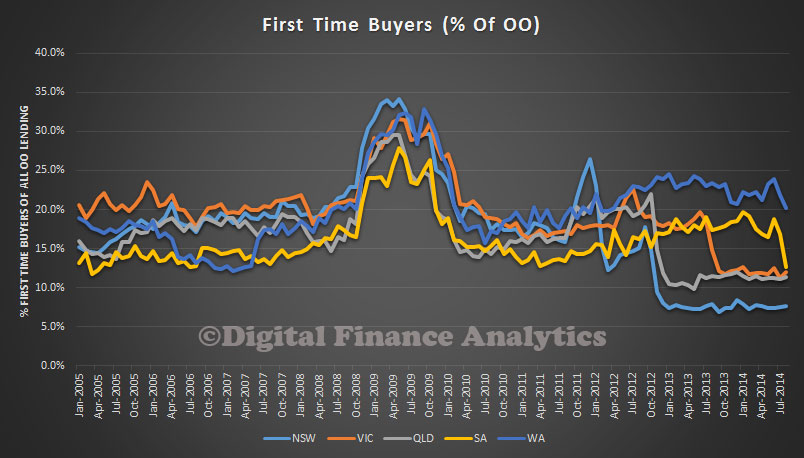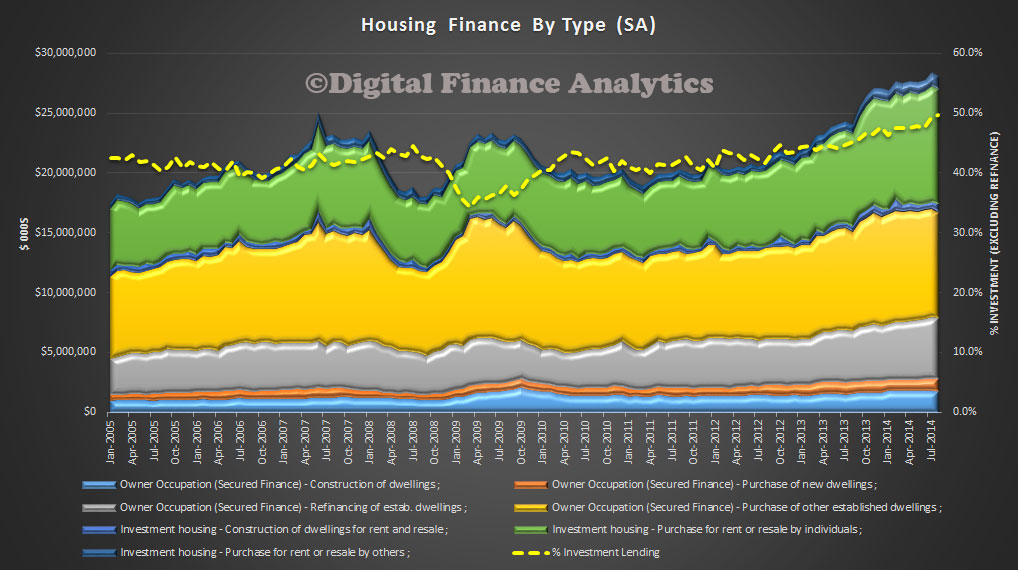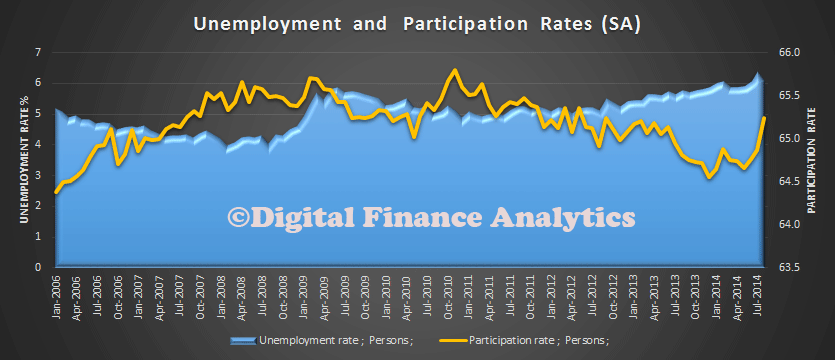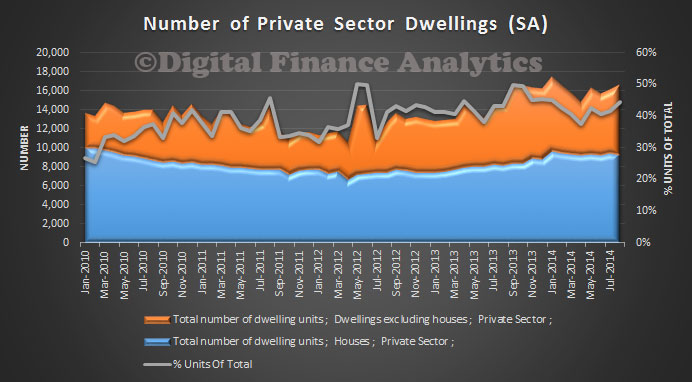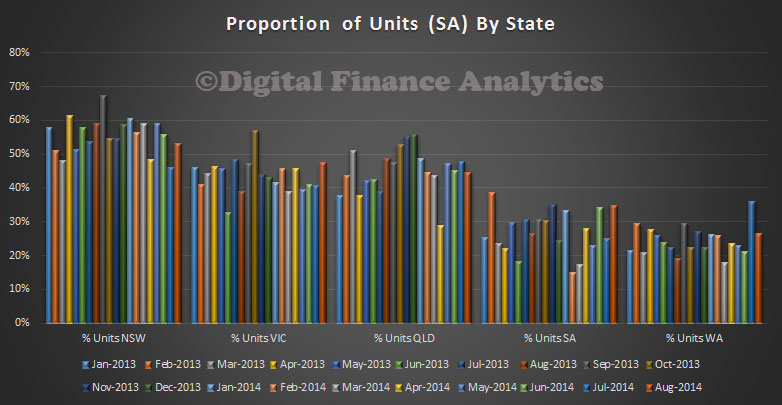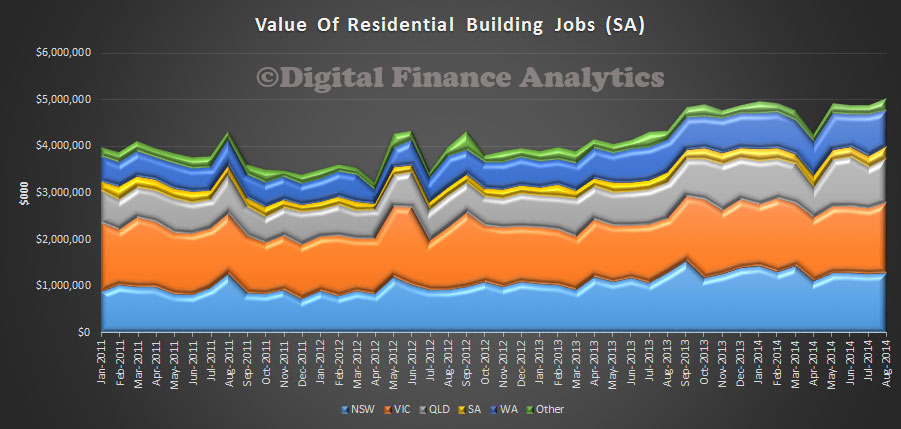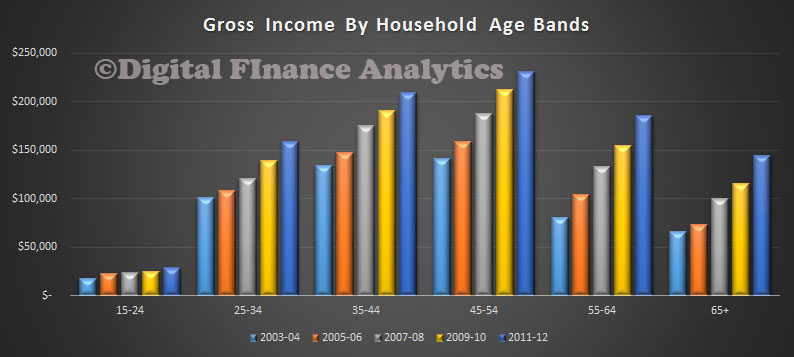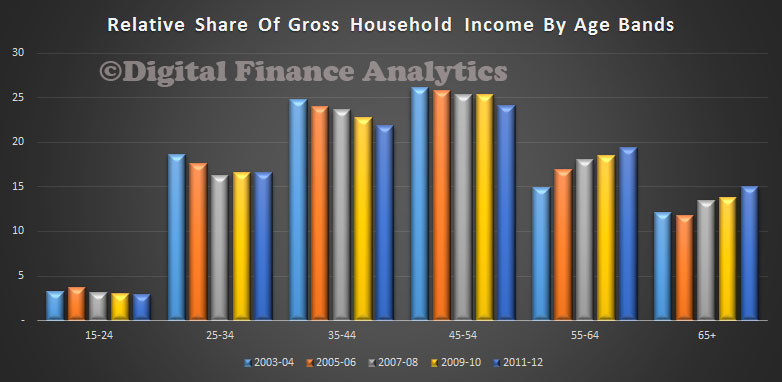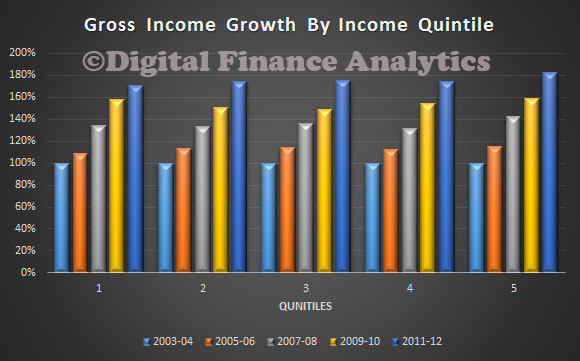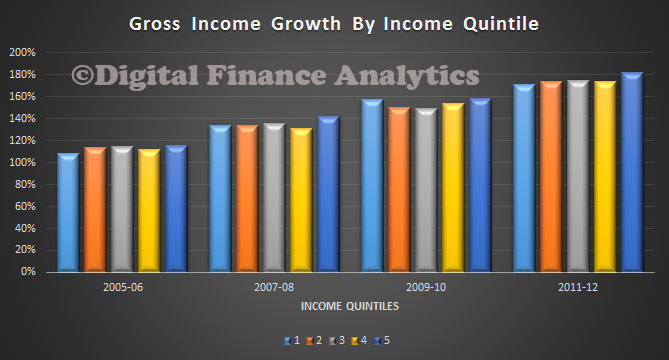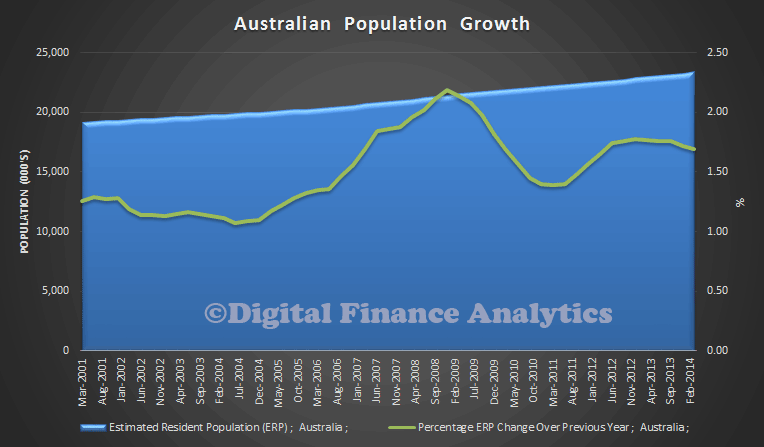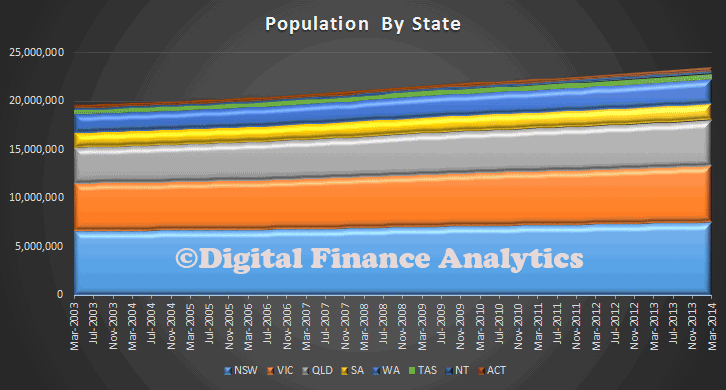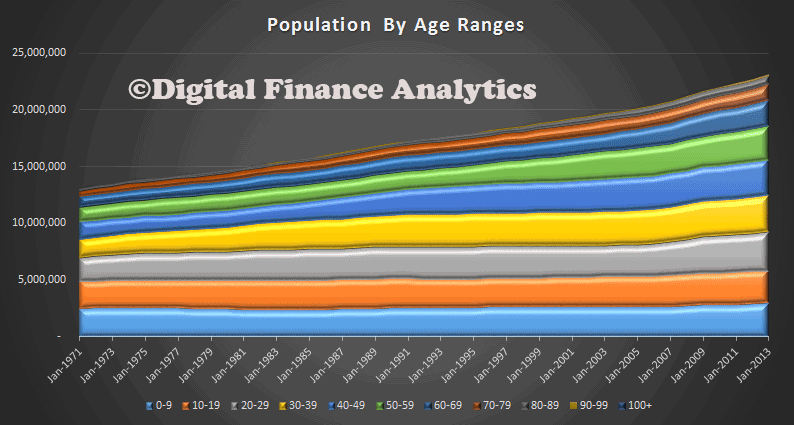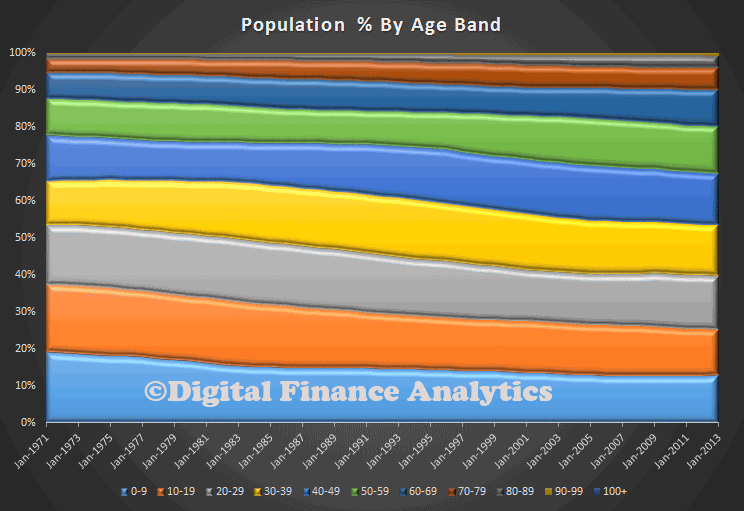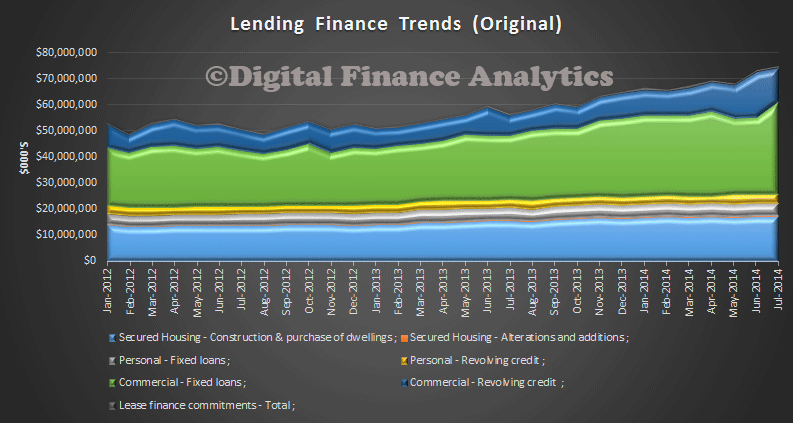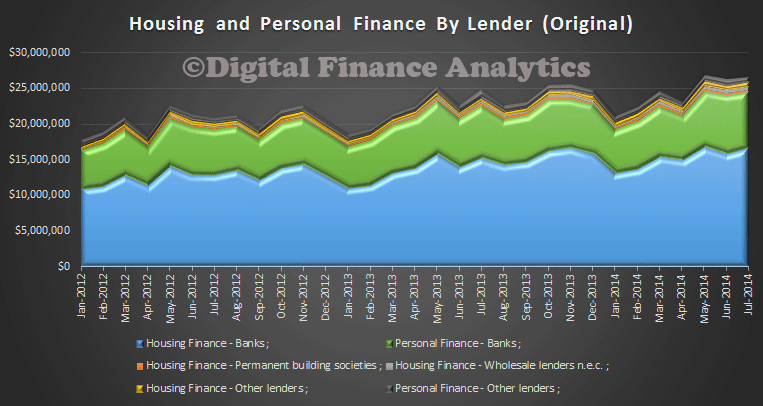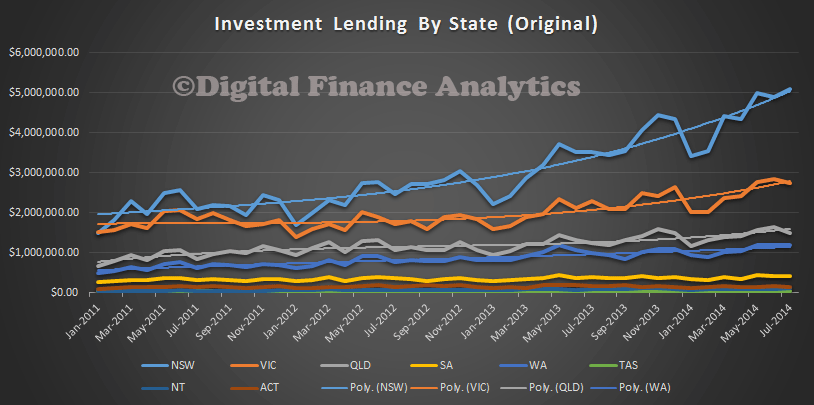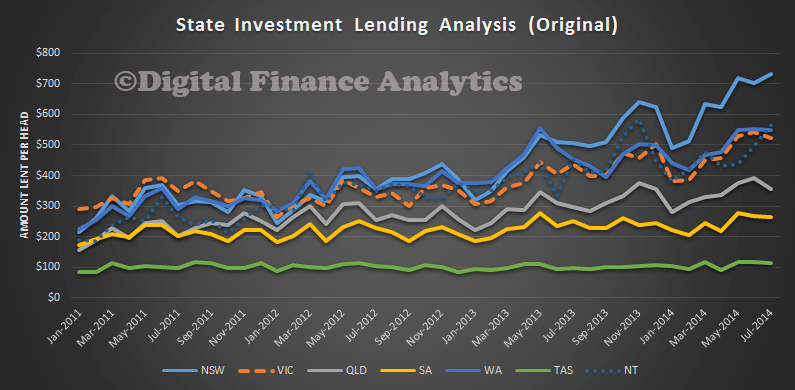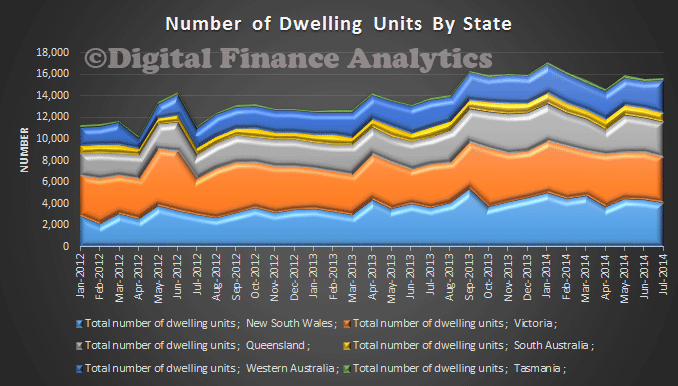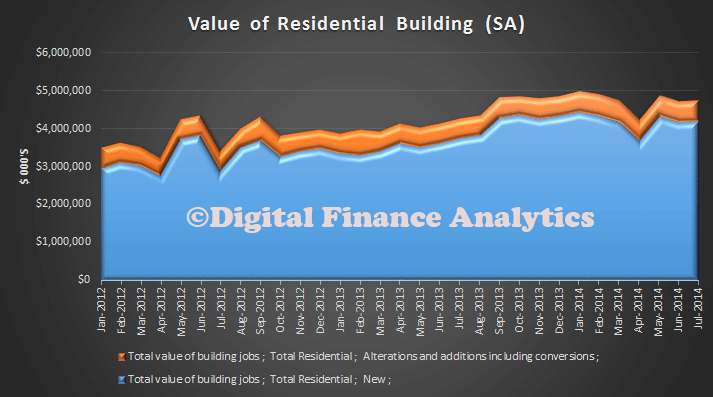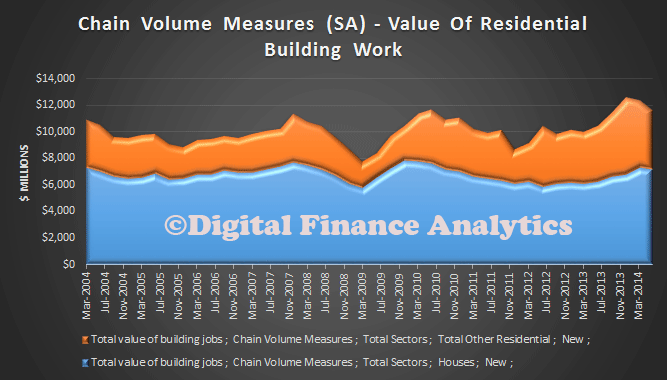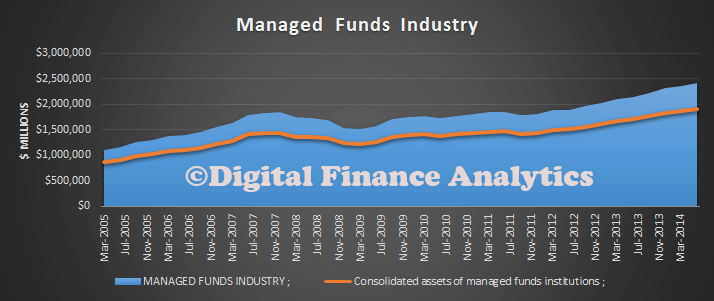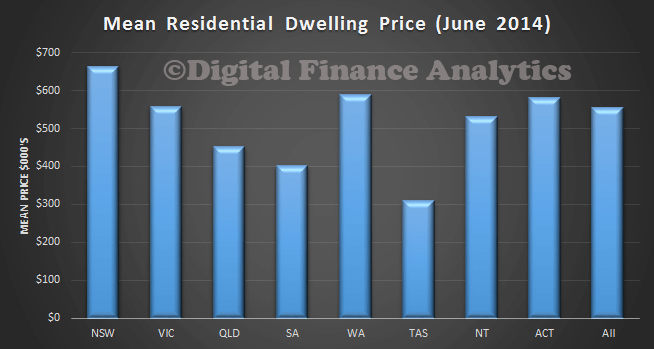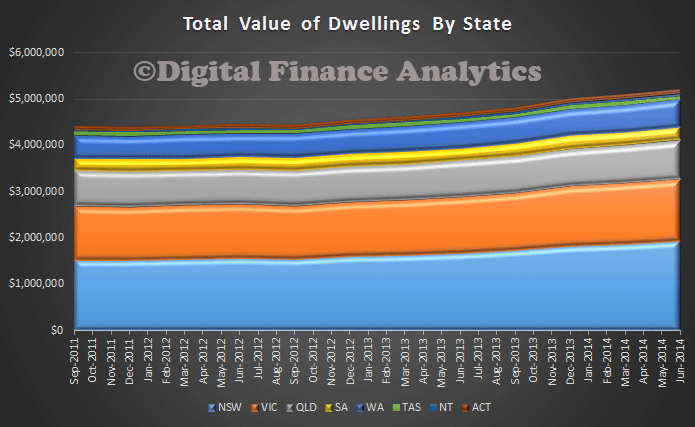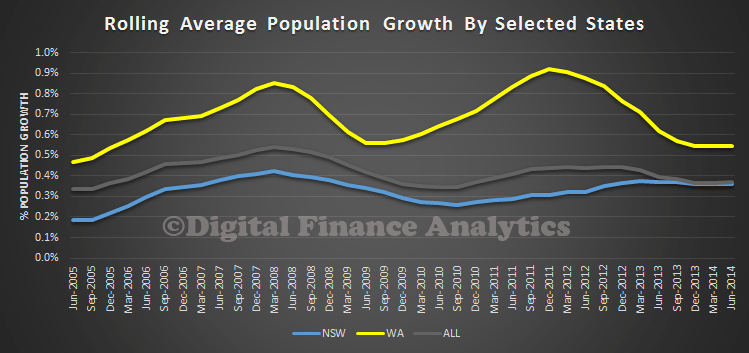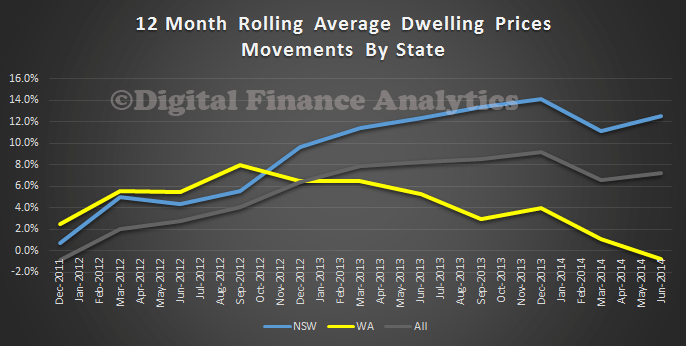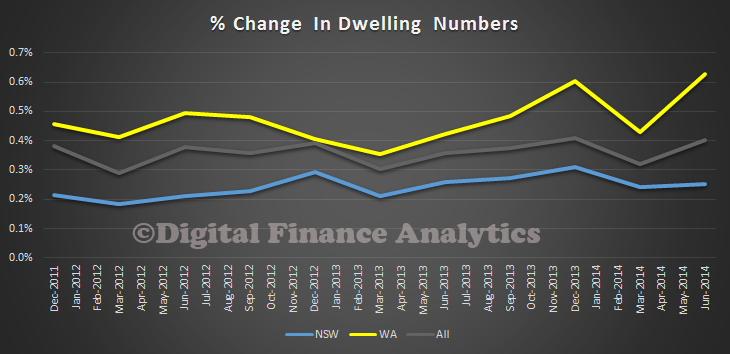The ABS have now reworked the seasonally adjusted numbers, which effectively lifts the unemployment rate slightly.
In the time since the September 2014 labour force estimates were released, the ABS has systematically assessed the effects of each supplementary survey on the labour force estimates. Significant effects have been found for some supplementary surveys, with little or no measurable impact caused by others. As a result of this analysis, an approach has been developed to re-estimate the seasonality of the labour force data with specific adjustments made for the changed pattern of supplementary surveys. This approach will be adopted for the October 2014 labour force release and will result in revisions to the previously-estimated seasonally adjusted (and consequently the trend) results.
In practice, the new seasonal methods should be used to revise the seasonally adjusted estimates for every month in the labour force estimates (i.e. from February 1978 to October 2014). However, checking the consistency of every series from 1978 is not possible in the short time available (the seasonal adjustment process is based on adjusting at a detailed level and aggregating the component series to the totals for persons employed and unemployed) even though the impacts will be small for most months.
The most urgent need has been to resolve the problems in the last few months in the time series. Therefore, as an interim measure, the new approach has been used only from December 2013 to October 2014. In practice, the impact of this interim measure on the percentage changes in seasonally adjusted persons employed and unemployed between November and December 2013 is minimal.
The revised methodology will be applied in future months. In addition, work will continue on refining the methodology and verifying the changed seasonal factors for the full length of the monthly series. The ABS expects to revise all the seasonally adjusted data in conjunction with the annual seasonal reanalysis in early 2015.
The Labour Force Survey uses the concurrent seasonal adjustment method to derive seasonal factors. Concurrent seasonal adjustment uses data up to the current month to estimate seasonal factors for the current and all previous months. This process can result in revisions each month to estimates for earlier periods. However, in most instances, the only noticeable revisions will be to the seasonally adjusted estimates for the previous month and one year prior to the current month. Concurrent seasonal adjustment will continue to be used during the next few months. However, as an interim measure, any revisions to seasonally adjusted estimates will be restricted to the period from December 2013 onwards until the annual seasonal reanalysis is completed in early 2015.
Setting the seasonal factors to one for the seasonally adjusted unemployment estimates for July, August and September 2014 published on 9 October resulted in a slight downward bias in the number of persons unemployed and the unemployment rate for those three months. This was not observed in other series and has been rectified by the new seasonal analysis.
UNEMPLOYMENT RATE (TOTAL PERSONS) – SEASONALLY ADJUSTED
Month
June 2013 July 2013 August 2013 September 2013 October 2013 November 2013 December 2013 January 2014 February 2014 March 2014 April 2014 May 2014 June 2014 July 2014 August 2014 September 2014

